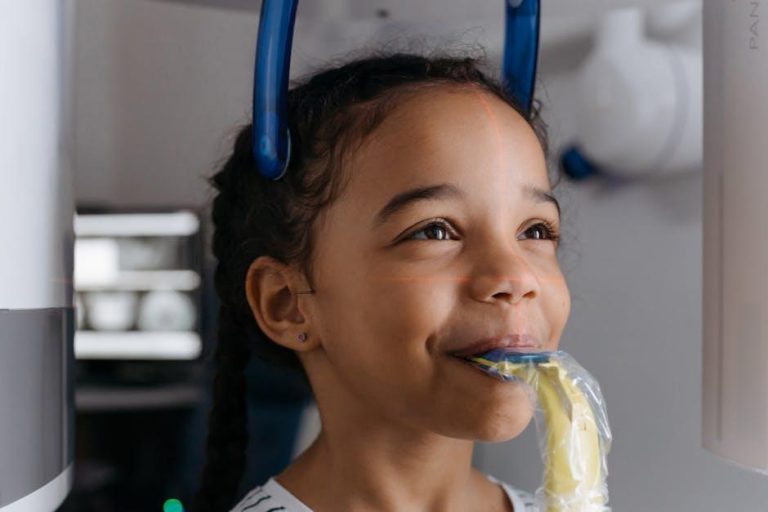Treatments That May Protect Kids’ Teeth Long Term
Ensuring the health and strength of your child’s teeth is an essential part of their overall well-being. With preventive dentistry advancing rapidly, parents now have a variety of effective treatments to help safeguard kids’ teeth from decay and damage over the long term. At DrBicuspid.com, experts emphasize proactive dental care so your child grows up with a healthy, confident smile.
Why Protecting Kids’ Teeth Early Matters
Children’s teeth are particularly vulnerable to cavities and enamel wear as they transition through the stages of primary (baby) teeth and into permanent teeth. Protecting teeth early helps prevent:
- Tooth decay and cavities: One of the most common chronic conditions in children.
- Early tooth loss: Which affects speech, chewing, and proper growth of permanent teeth.
- Orthodontic issues: That can be minimized with early intervention.
- Dental anxiety: By making visits positive and treatment non-invasive.
Top Long-Term Dental Treatments for Kids
1. Dental Sealants: A Protective Barrier
Dental sealants are thin, protective coatings applied to the chewing surfaces of molars and premolars. These teeth have grooves that can trap food and bacteria, leading to cavities.
- How it works: The sealant forms a barrier that stops plaque and acids from settling into grooves.
- Longevity: Sealants can last up to 5–10 years with proper care.
- Effectiveness: Studies show sealants reduce cavity risk by nearly 80% in molars.
2. Fluoride Treatments: Strengthening Enamel
Fluoride varnish or gel treatments are applied by dentists to strengthen tooth enamel, making it more resistant to decay.
- Application: Quick and painless, usually done every 3–6 months for children at risk of cavities.
- Benefits: Enhances remineralization, repairing early damage before cavities form.
- Safety: Proven safe and recommended by the American Dental Association for children.
3. Early Orthodontic Evaluation and Treatment
Aligning teeth and jaws early can prevent future complications like crowding, bite problems, or speech difficulties.
- When to start: The American Association of Orthodontists recommends initial evaluation by age 7.
- Treatments: Include space maintainers, expanders, and partial braces designed for young children.
- Benefits: Often reduces need for longer, more complex treatments later on.
4. Regular Professional Cleanings & Check-Ups
Routine dental visits every six months allow professionals to detect problems early and keep teeth healthy through thorough cleaning.
- Professional cleaning: Removes plaque and tartar that brushing alone can’t eliminate.
- Preventive advice: Personalized tips on brushing and diet to minimize decay risk.
- Monitoring development: Tracking the growth and erupting pattern of permanent teeth.
Additional Protective Measures for Kids’ Teeth
Diet Management
Limiting sugary snacks and promoting tooth-friendly foods plays a vital role in long-term dental health.
Proper Oral Hygiene Habits
Teaching kids to brush twice a day with fluoride toothpaste and floss daily helps prevent plaque buildup and decay.
Mouthguards for Active Kids
For children involved in sports, custom-fit mouthguards can prevent traumatic dental injuries.
Benefits of Long-Term Dental Protection Treatments
- Reduce incidence of cavities and costly restorative work
- Promote healthier permanent teeth and avoid premature loss
- Improve chewing function and speech development
- Boost confidence with a beautiful, healthy smile
- Minimize dental anxiety by preventing painful interventions
Practical Tips for Parents
- Schedule regular dental visits: Begin by your child’s first birthday or when the first tooth emerges.
- Encourage balanced diet: Limit sugary drinks and snacks, include plenty of fruits and veggies.
- Use fluoride toothpaste appropriately: Use a pea-sized amount for children aged 3 and up.
- Be role models: Brush and floss together as a family to reinforce good habits.
- Discuss treatment options: Talk with your pediatric dentist about sealants, fluoride, and orthodontic evaluations.
Case Study: Sealants Prevent Cavities in At-Risk Kids
A 6-year-old patient with a history of early decay was recommended dental sealants on newly erupted molars. After three years of follow-up, no new decay was observed, showcasing the effectiveness of sealants as a long-term preventative measure.
Table: Comparing Common Long-Term Protective Treatments
| Treatment | Age Range | Purpose | Frequency |
|---|---|---|---|
| Dental Sealants | 6 – 14 years | Prevent molar cavities | Once, with possible reapplication in 5–10 years |
| Fluoride Varnish | From infancy to adolescence | Enamel strengthening | Every 3-6 months |
| Orthodontic Evaluation | Around age 7 | Early alignment & jaw growth monitoring | One-time eval, treatment as needed |
| Professional Cleanings | All ages | Plaque & tartar removal | Every 6 months |
Conclusion
Protecting your child’s teeth long term requires a combination of preventive treatments, healthy habits, and professional dental care. As highlighted by experts on DrBicuspid.com, options such as dental sealants, fluoride varnishes, early orthodontic evaluations, and regular cleanings play a critical role in avoiding cavities and promoting strong, healthy smiles.
Start these protective measures early, reinforce good oral hygiene, and work closely with your pediatric dentist for tailored recommendations. With proactive care, your child’s smile can stay vibrant and cavity-free for years to come.


